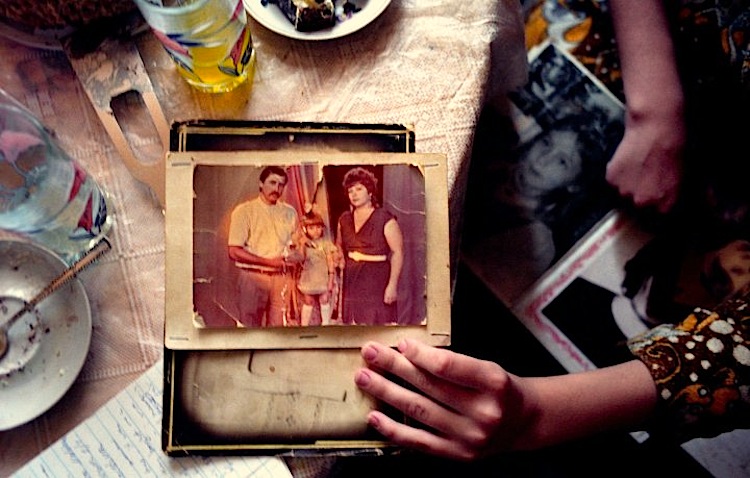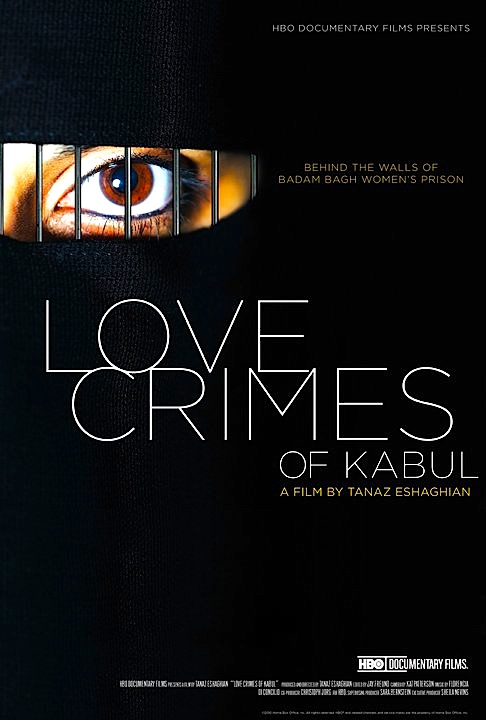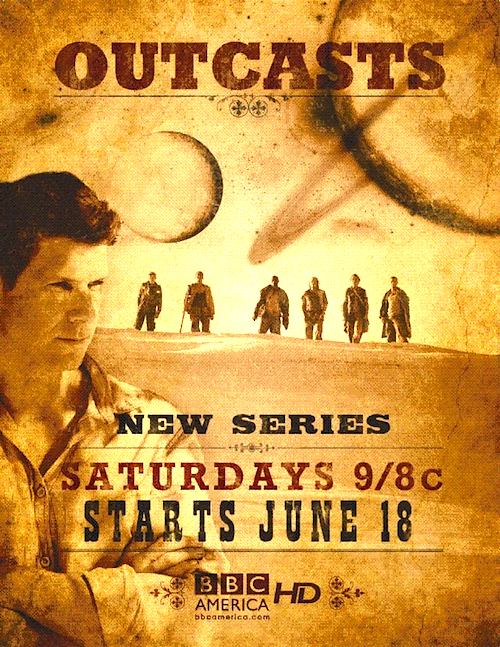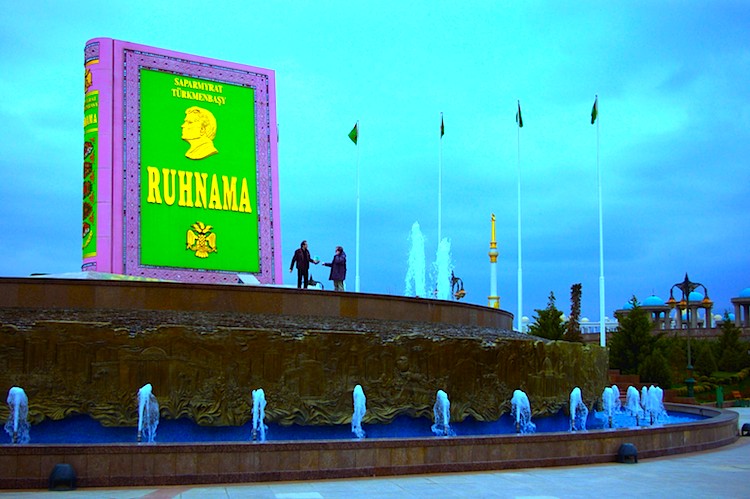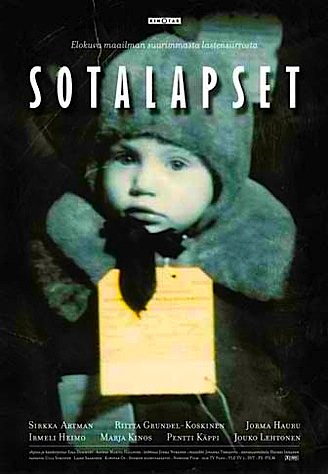 By Joe Bendel. Machetes and maidens: two great things that go great together and evergreen staples of Filipino exploitation films. Following up Not Quite Hollywood, his epic survey of Ozploitation, Mark Hartley gives the That’s Entertainment treatment to the scrappy low budget actioners produced in the Philippines. Prepare thyself for an education when Hartley’s Machete Maidens Unleashed! (trailer here) screens during the 2011 New York Asian Film Festival, kicking-off this Friday, and once again bringing a heavy dose badness to the Lincoln Center.
By Joe Bendel. Machetes and maidens: two great things that go great together and evergreen staples of Filipino exploitation films. Following up Not Quite Hollywood, his epic survey of Ozploitation, Mark Hartley gives the That’s Entertainment treatment to the scrappy low budget actioners produced in the Philippines. Prepare thyself for an education when Hartley’s Machete Maidens Unleashed! (trailer here) screens during the 2011 New York Asian Film Festival, kicking-off this Friday, and once again bringing a heavy dose badness to the Lincoln Center.
Much like Tito in Yugoslavia, Marcos had plenty of military hardware laying about that he was more than willing to rent out to international productions. With the memory of the U.S. liberation during WWII still fresh for older generations, the Filipino climate was relatively pro-America and definitely open for business. Yet it took a visionary like Roger Corman to fully recognize the possibilities.
The Philippines made a star of Pam Grier, who starred in several women-in-jungle-prison films for Corman’s New World Pictures. Corman also recruited local talent such as Eddie Romero to grind out Brides of Blood movies for New World. As with protégés like Jonathan Demme, Monte Hellman, and James Cameron, who learned to crank them out fast and cheap under Corman’s tutelage before finding wider acclaim, Romero would eventually be recognized as an official National Artist of the Philippines. Yet, he happily sits down to talk about Black Mama, White Mama and similar cinematic milestones.

Like Hartley’s NQH, MMU will leave viewers thirsty for many of the films sampled in glorious detail. For instance, Bobby Suarez’s Cleopatra Wong looks particularly intriguing (killer nuns) and vaguely PG-13-ish. Whereas many alumni of Corman’s prison films frequently express amazement at just how much they were able to get away with in terms of lurid sexual content—a point Hartley is not shy about illustrating.
Breezily paced, MMU features first-person interviews with Corman and scores of his American and Filipino colleagues, unabashedly gleeful in the naughtiness and profitability of their masterworks. While the commentary is not as laugh out loud funny as NHQ’s, it still has its moments, often courtesy of Corman vet John Landis. A good clean night at the movies (but best to leave the kiddies at home), MMU is a perfect example why NYAFF is pound for pound the most entertaining fest of the year. It screens with the straight-up legit Filipino exploitationer Raw Force this Saturday (7/2) at the Walter Reade Theater.
Posted on July 29th, 2011 at 7:30pm.
